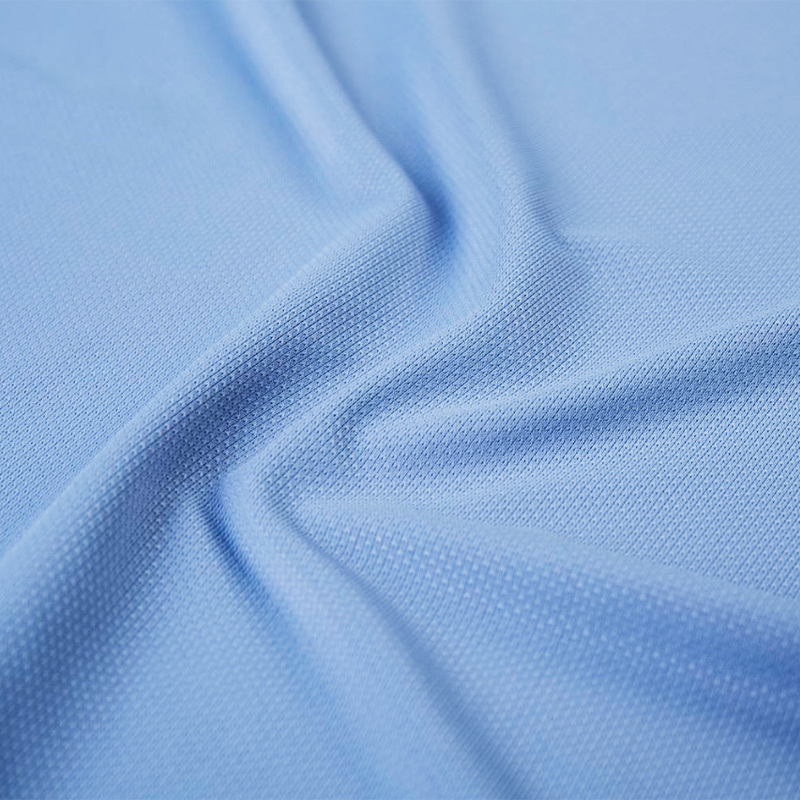The elasticity and recovery properties of warp knitted clothing fabrics mainly come from its special weaving structure and the elastic fibers used.
Warp knitting is a knitting process that is different from weft knitting. In warp knitting, the yarn is usually fed lengthwise (warpwise) through a series of knitting movements to form the fabric. This weaving method allows the fabric to maintain good stability and elasticity both longitudinally and transversely. Especially when the fabric adopts a special tissue structure, such as double-comb or multi-comb warp knitting, its elasticity will be further enhanced.
The elastane used in the fabric is key to giving it elasticity and recovery. Common elastic fibers include spandex, PTT, etc. These fibers have excellent stretch and recovery properties and can quickly return to their original shape after being stretched by external forces. In warp-knitted fabrics, these elastic fibers are usually placed in key locations on the fabric, such as backcombs, and are fixed through a specific weave structure to achieve longitudinal or two-way elasticity of the fabric.

In addition, the production process and post-processing of the fabric will also have an impact on elasticity and recovery. During the production process, the elastic performance of the fabric can be optimized by precisely controlling parameters such as yarn tension, feeding speed and weaving density. Post-processing such as heat setting, stretching, etc. can also further enhance the elasticity and stability of the fabric.
These factors work together to enable warp-knitted fabrics to maintain shape and stability while providing excellent stretch and recovery properties to meet the wearing needs of clothing in different occasions.

.jpg?imageView2/2/format/jp2)






.jpg?imageView2/2/format/jp2)


